This week the Community Medical Centers Board of Trustees authorized architectural design and other preconstruction work for a regional cancer treatment and research center — the first of its kind in the San Joaquin Valley.
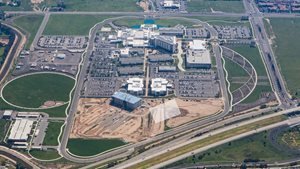
The center will be designed to serve the entire Community system and patients throughout the Valley – combining services and expertise provided in multiple locations including Community Regional Medical Center in downtown Fresno, the California Cancer Center in north Fresno and Clovis Community Medical Center.
The envisioned center will be located on the Clovis Community campus, adjacent to Highway 168. The facility will be three stories tall and nearly 100,000 square feet, at an estimated cost of $65 million.
“The center will provide comprehensive outpatient treatment for cancer of all kinds in a single location, improving coordination of care and creating a seamless experience for patients,” said Tim Joslin, Community’s President and CEO. “This is the best-practice way to combat cancer.” The center would also conduct cancer research in partnership with the University of California, San Francisco Medical Center, with the goal of becoming a “Designated Cancer Center” by the National Cancer Institute. Ten such centers exist in California, but none in the San Joaquin Valley.
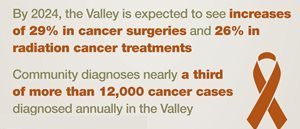 “This cancer center couldn’t come at a better time,” said Michael Peterson, M.D., Associate Dean and Chief of Medicine at UCSF Fresno Medical Education Program. “With new cancer cases projected to increase by 45% nationwide by 2030, this will be a recognized best-practice location – elevating cancer treatment, research and ultimately positive patient outcomes.”
“This cancer center couldn’t come at a better time,” said Michael Peterson, M.D., Associate Dean and Chief of Medicine at UCSF Fresno Medical Education Program. “With new cancer cases projected to increase by 45% nationwide by 2030, this will be a recognized best-practice location – elevating cancer treatment, research and ultimately positive patient outcomes.”
Projections for the Valley show a nearly 30% increase in the need for cancer surgeries and radiation treatments within the next decade, said Paul Ortiz, Community’s vice president of cancer services. “Cancer will affect us all,” he said. Community has a history of being on the forefront of cancer care locally, starting in 2005 with the world’s first “Generation 4” CyberKnife for noninvasive laser treatment of hard-to-reach tumors—especially prostate and lung cancers so prevalent in the Valley. More recently in 2014, Community invested $6 million in linear accelerators at the California Cancer Center.
Funds to build the regional cancer center are expected to come from Community’s operations and from fund raising. “What excites me most is that the vision for this project centers on our patients,” said Christopher Perkins, M.D., board-certified medical oncologist. “The goal is to build a world-class cancer treatment facility to keep patients closer to their homes and their families’ support. Currently, patients too often seek treatment at cancer centers hundreds of miles away.”
Dr. Uma Swamy, radiation oncologist at Community’s California Cancer Center, said cancer requires multiple types of treatments, lab work and follow up from many providers. “When all of it is in one place, patients can get their care faster and easier. And that’s a huge benefit for providers and for patients,” she said.
"A regional center like this provides three main advantages for Valley patients," said Dr. Uzair Chaudhary, an oncologist/hematologist with UCSF Fresno and Community Regional. “The center will give Valley patients access to disease-specific, comprehensive, multi-disciplinary teams. So a patient who is diagnosed with a lung nodule or prostate cancer will see a team of lung cancer experts or prostate cancer experts,” he said. “Number two, patients will have access to innovative clinical trials and research, so they don’t have to seek that outside the Valley. And number three, we want to treat patients as a whole, so we will have all the ancillary help they need – for instance physical therapy, social supports, nutritional counseling and alternative therapies.”
The preconstruction and design phase for the project is expected to take 6 to 10 months. Community’s Board of Trustees would then authorize the actual construction expenditure and timeline.
Michelle Von Tersch reported this story. Reach her at MedWatchToday@communitymedical.org

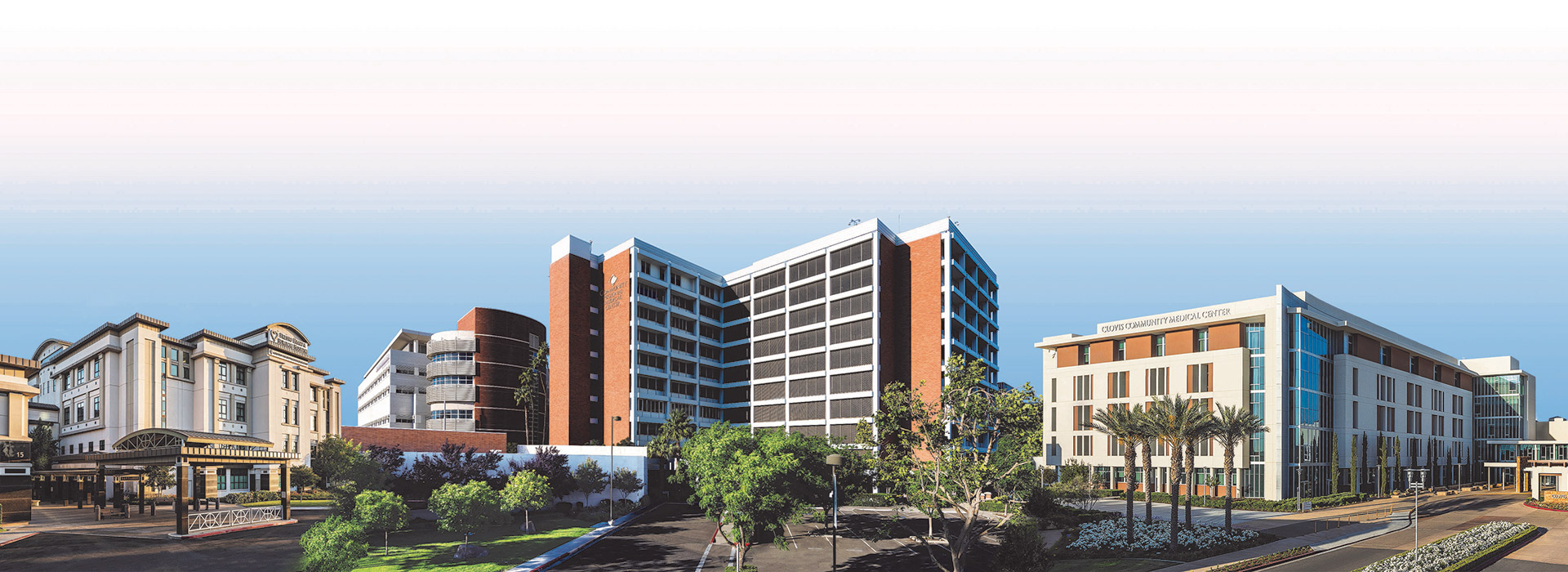

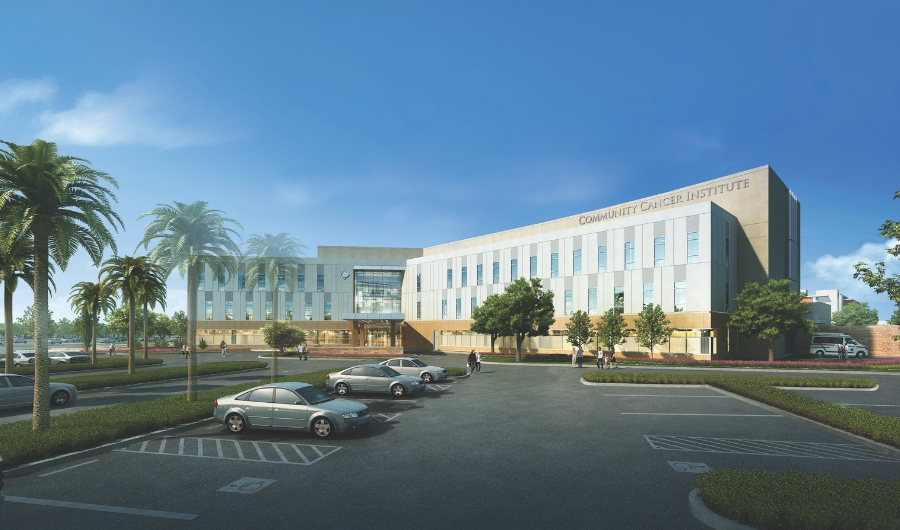
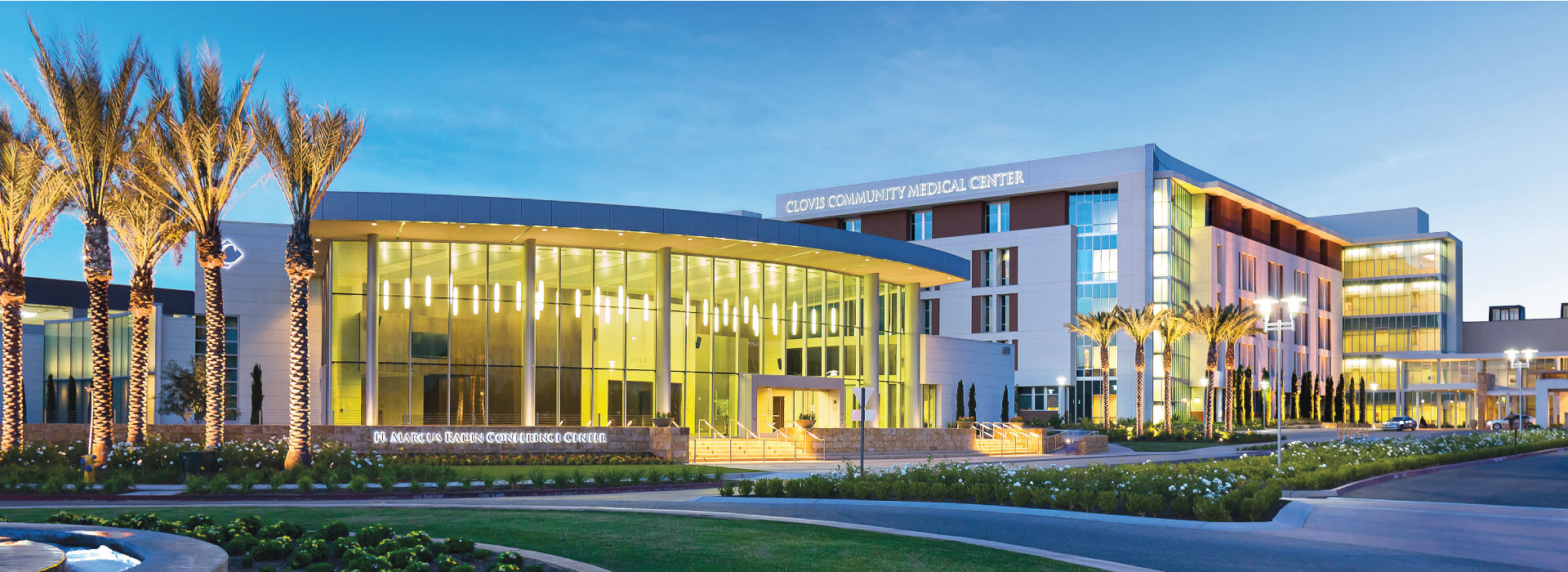
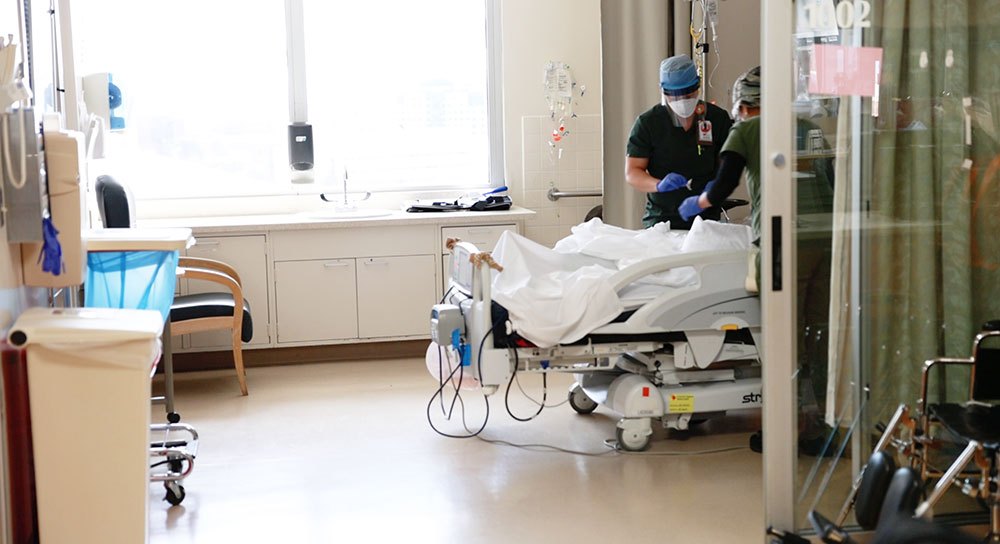
.jpg?ext=.jpg)